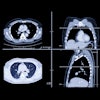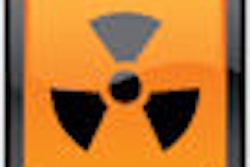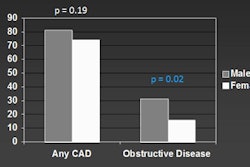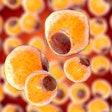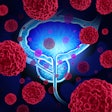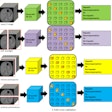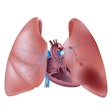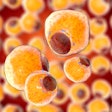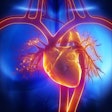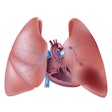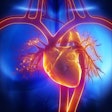A study that examined irradiated mice found that animals bred with a common genetic mutation, Ki-ras, were far more susceptible to developing tumors than mice without the mutation, suggesting that some humans may be more susceptible to developing cancer from common screening exams, according to results published in the December issue of Radiation Research.
The recent National Lung Screening Trial (NLST) reported that annual CT scans of current and former heavy smokers reduced mortality from lung cancer by 20%, highlighting the need to better define the carcinogenic risk associated with exposure to annual CT screening, wrote Michael Munley, PhD, and colleagues from Wake Forest University (Radiation Research, December 2011, Vol. 176:6, pp. 842-848).
At the same time, however, estimating the risk of cancer from atomic bomb survivors and extrapolating these data to individuals who receive CT scans using the linear no-threshold (LNT) model may not allow accurate assessment of the actual cancer risk.
The researchers' study used the bitransgenic CCSP-rtTA/Ki-ras mouse model that conditionally expresses the human mutant Ki-rasG12C gene to measure the cancer risk in multiple whole-body CT doses that approximate the annual NLST screening protocol, the group explained.
Irradiated mice with the mutation had a 43% increase (p = 0.001) in the number of tumors per mouse (24.1 ± 1.9), compared with unirradiated mice (16.8 ± 1.3). In addition, irradiated female mice had more excess tumors (p < 0.005) than irradiated males. Interestingly, the authors found no differences in tumor size or dose response over a dose range of 80 mGy to 160 mGy for either sex. Bitransgenic mice without the mutation had a low tumor incidence (≤ 0.1/mouse) following irradiation.
The results suggest that estimating the carcinogenic risk of multiple CT exposures from high-dose carcinogenesis data using the NLST model may be inappropriate for current and former smokers, according to the authors. Instead, it's possible that any increase in cancer risk after exposure to low-dose CT radiation may be limited to those individuals who express genetic susceptibility at the time of exposure.
